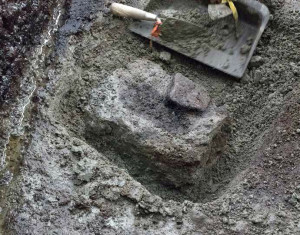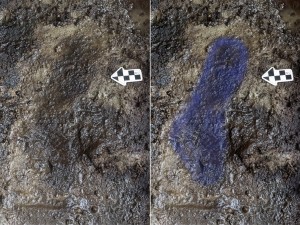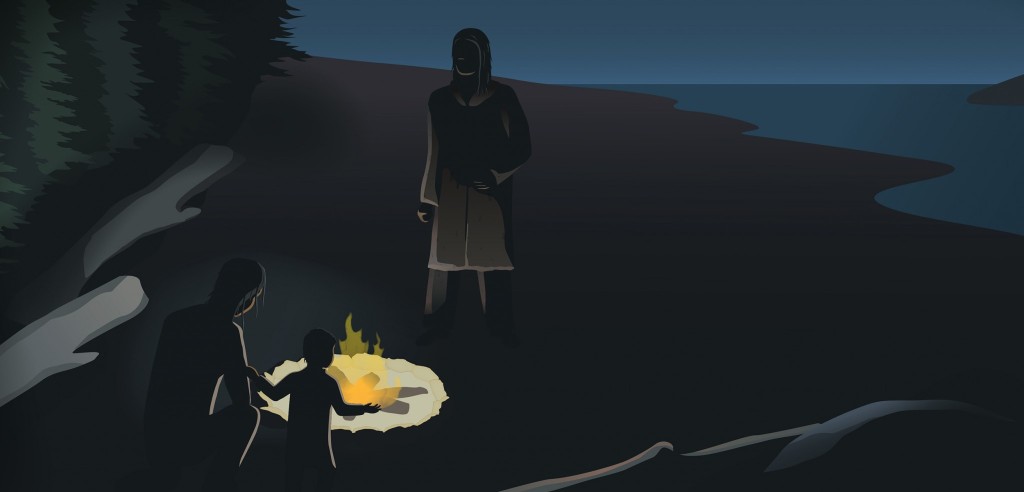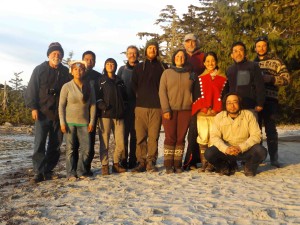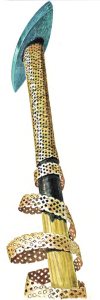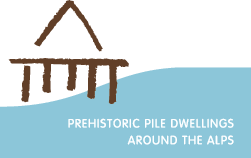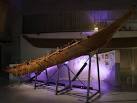The discovery of 13,000-year-old footprints on a remote island in western Canada indicates that people were living on the Pacific Coast during the Clovis period. Â See the latest report on new discoveries during the summer of 2016 in this American Archaeology Magazine article: Â Stepping Into The Past–American Archaeology, Fall 2016
